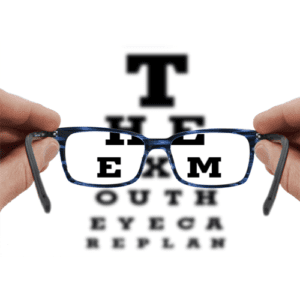Why do you need to flush out your eye?
Your eyebrow ridges, eyelashes, eyelids, and tears are part of a safety system designed to protect your eyes from injury. However, it’s not a foolproof system. Particles, objects, and liquids can all get into your eye and stay there unless flushed out.
You may also wish to flush out your eyes if they feel irritated or dry. These symptoms may be caused by allergies to pollution or smoky air.
Whatever the reason, if you need to flush out your own eyes or someone else’s, there are safety do’s and don’ts to follow.
How you should flush out your eye may depend upon what got inside. If a chemical liquid, such as a household cleaner, splashes into your eye, your first step should be to check the label for safety instructions. Usually you will be instructed to flush out the eye with warm water.
If no label is available, flush the eye with water for about 15 minutes. Then seek medical help immediately. You can also contact a poison control hotline, such as Poison Help, for more information, but do this after you have flushed out the eye.
If a particle of sand, dirt, or other tiny substance can be seen hovering on your lower lid or eyelashes, you can try to remove it without flushing, by using a clean, unused tissue. Make sure your hands are clean first, and don’t attempt this if the particle is in the eye.
Here is a standard procedure for flushing out yours, or someone else’s, eye:
First, make sure your hands are clean, by washing them thoroughly with soap and warm water. Next, remove contact lenses if any are being worn.
Flush out the eye, or eyes, for up to 15 minutes with warm water, stopping every few minutes, to see if the eye has been thoroughly flushed out. There are several ways to do this:
- Stand in the shower, and let warm (not hot) water cascade onto your forehead and into your eye, on a low-pressure setting. Do not tilt your head backward, and try to keep your eyes open for extended periods of time, while you are flushing them out.
- Bend over the sink and turn the faucet on. Keep your eye area under the running water while tilting your head to the side, so that warm water can flow into your eye.
- Bend down over a sink. Use a pitcher or glass of warm water to pour into the eye or eyes slowly, with your head tilted to one side. Do not tilt your head backward.
- Fill a pan with water and dip your face into the water while blinking.
- If you are helping a child to flush out their eye, gently hold their eyelid open while the water flushes it out. Keep calm so that the child remains calm as well.
Your first instinct may be to rub, or press on your eye. This may only make matters worse, by pushing whatever is in there further in. Particles in the eye can scratch the clear tissue which covers and protects the iris of your eye, called the cornea. This can cause a corneal abrasion to occur. Corneal abrasions are not usually serious, but can be painful.
Make sure to keep your child’s hands away from their eyes, as well. This may require constant supervision until the situation is rectified. Very small babies can be swaddled to keep their hands away from their eyes.
When should you call a doctor?
If you could not remove the irritant, you will most likely require medical help to get it out. If after flushing, you continue to experience any symptoms, such as pain, redness, or abnormal vision, you should also seek out medical assistance immediately.
If a chemical solvent got into your eye, have a doctor examine it, even after flushing. Bring the solvent container with you, if you can.
If a foreign object flies into the eye, such as a shard of glass or metal, and becomes embedded, cover the eye with a hollow cup, taped in place, and seek emergency medical assistance immediately. Do not try to pull it out or to flush it out.
Not all hospitals offer emergency eye trauma care. If you have an eye doctor (ophthalmologist), call and ask which hospital they recommend. If not, go to the nearest emergency room.



The point of using Lorem Ipsum is that it has a more-or-less normal distribution of letters. On the other hand, we denounce with righteous indignation and dislike men who are so beguiled and demoralized by the charms of pleasure of the moment, so blinded by desire.